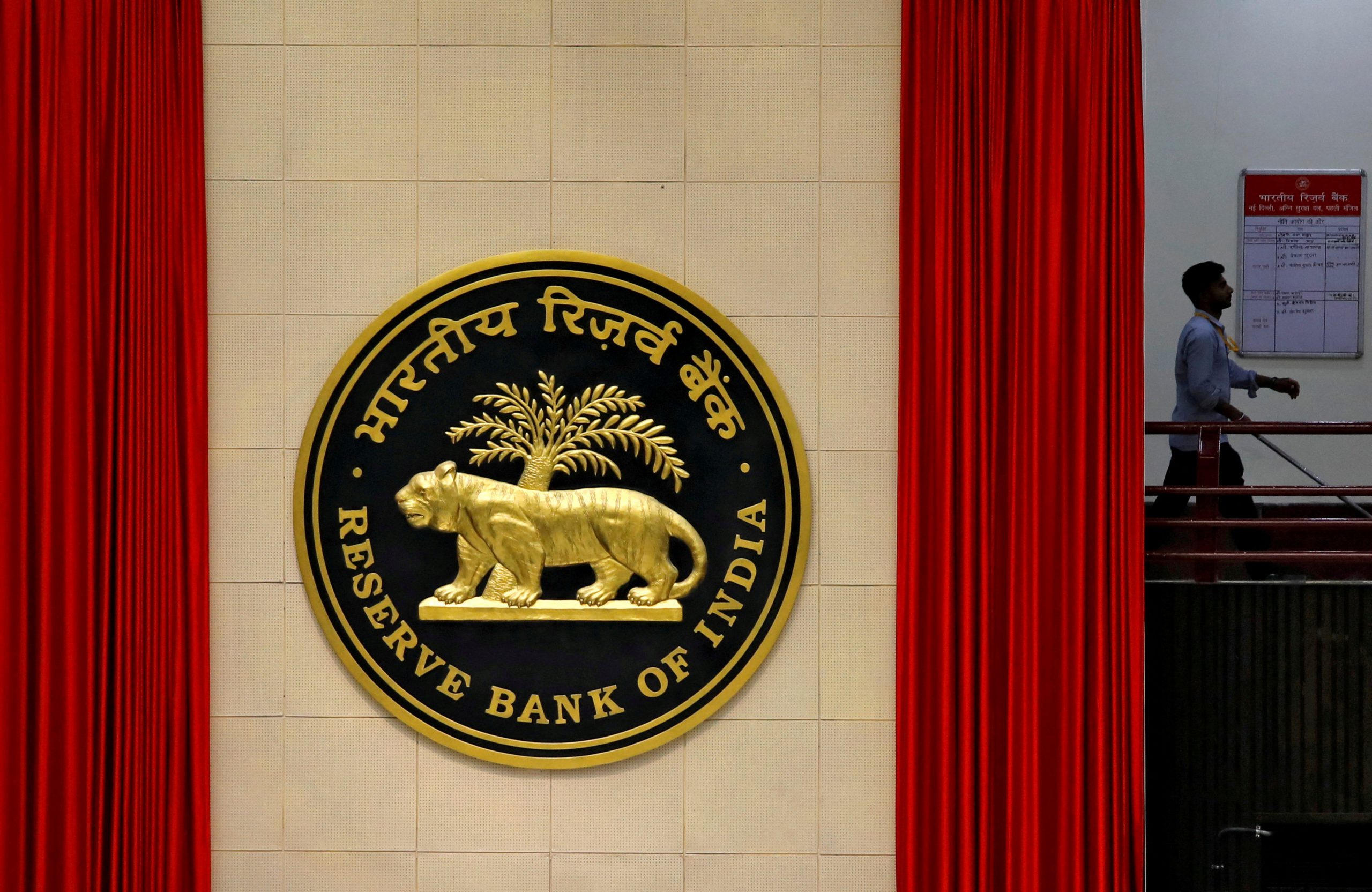India and European Central Bank Begin First Phase Toward Linking Payment Systems
New Delhi — The Reserve Bank of India and the European Central Bank have agreed to begin the initial phase of linking their domestic payment systems in a move aimed at strengthening cross-border financial connectivity.
The cooperation focuses on enabling smoother, faster and more affordable remittances between India and the euro area, creating a stronger bridge between two major economic regions.
The initiative aligns with India’s broader push to internationalize its digital payments ecosystem, especially through the expansion of the Unified Payments Interface, which has become a central pillar of India’s digital finance growth.
The RBI has been working with several global jurisdictions to integrate their fast-payment networks with UPI, seeking to create a seamless platform for global transactions that supports real-time transfers.
Officials noted that the interlinking project with Europe represents an important milestone because of the high volume of remittances that flow between the Indian diaspora and countries across the euro zone.
The European Central Bank said the move supports its wider strategy to enhance international payment access, making it easier for businesses, individuals and financial institutions to send and receive money across borders.
India is among the largest recipients of private remittances from the euro area, reflecting decades of strong people-to-people and commercial ties between the two regions.
The collaboration comes at a time when New Delhi and Brussels are working to finalize a long-pending trade agreement that both sides hope to conclude before the end of 2025.
Officials from both regions say deeper financial cooperation, including interoperable digital payment systems, could complement broader economic and trade negotiations.
Beyond Europe, India is holding discussions with several African and South American nations to help them develop digital payment frameworks modeled on UPI’s structure and operational capabilities.
These conversations are part of India’s strategy to position UPI as a global blueprint for instant, secure and low-cost digital transactions that can support emerging and developing markets.
The interlinking project with the euro system could serve as a reference point for future collaborations, demonstrating how cross-border payment partnerships can be built in phases.
The initial phase between the RBI and ECB will focus on technical assessments, policy coordination and establishing protocols to enable secure and interoperable payment flows.
Industry observers say the collaboration will help reduce transaction costs for remitters, eliminate delays associated with traditional transfer channels and improve overall customer experience.
Digital payment experts also highlight how such partnerships can strengthen financial inclusion, providing individuals and small businesses with faster ways to manage payments internationally.
The initiative is being welcomed by Indian businesses operating in the European market, as well as European companies with strong ties to Indian suppliers, service providers and technology firms.
As digital payments become increasingly central to international commerce, the partnership signals a shift toward more agile financial infrastructures that can support evolving global needs.
The interlinking effort reflects a broader trend of central banks exploring ways to make cross-border payments more transparent, efficient and compatible with domestic digital ecosystems.
While full system integration will take place in stages, the launch of the initial phase marks a strong commitment to addressing long-standing challenges in global remittances.
The RBI and ECB are expected to continue exchanging information on technology standards, security frameworks and regulatory requirements throughout the implementation process.
The partnership could eventually pave the way for real-time, low-cost transfers that benefit millions of workers, students, businesses and families connected across India and Europe.
As the project advances, both central banks are likely to release updates on timelines, technical progress and the potential rollout of pilot programs for user testing.
The cooperation highlights how digital transformation is reshaping international finance, placing India and the European Union at the forefront of building a more accessible global payments architecture.



